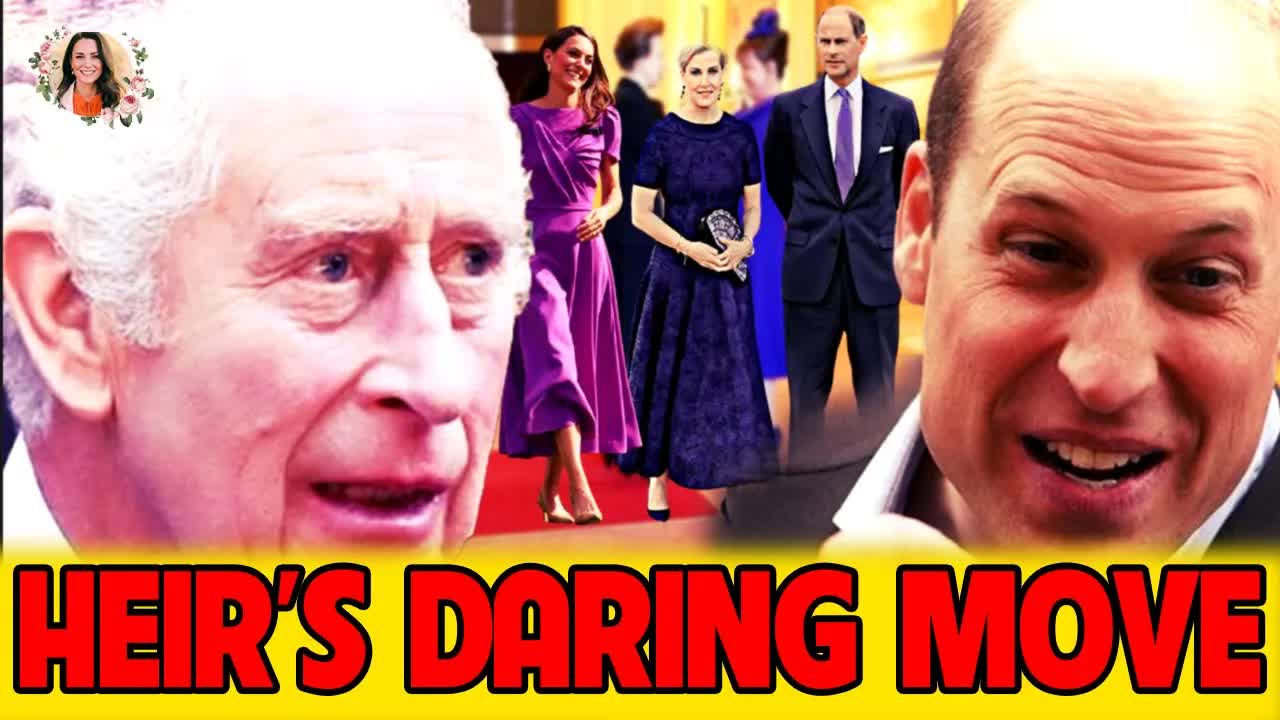In a significant turn of events, Catherine, the Princess of Wales, made her first public appearance today alongside her husband, Prince William, in Southport.
This engagement comes shortly after she disclosed that she had completed chemotherapy, marking a poignant moment in her recovery journey.
Initially, Catherine was not scheduled to join William, but just before his arrival, Kensington Palace announced her decision to be by his side.
The past eight months have been transformative for the royal couple.
While William took a step back to prioritize his family’s well-being, his profile on the global stage has risen remarkably.
His commitment to modernizing the monarchy has garnered increased attention, positioning him as a forward-thinking leader.
As the heir apparent, William is actively working to reshape the institution in ways that resonate with contemporary society.
Recent developments indicate that William is poised to adopt a more progressive approach to his future reign.
He stands apart from his father, King Charles III, in his vision for the monarchy.
During a recent public meeting, William emphasized the importance of connecting with younger generations, recognizing the need for a more vibrant and innovative royal presence.
The current royal lineup, with its aging members, underscores this urgency for new blood.
To put things in perspective, let’s take a look at the ages of key royal figures: King Charles is 75, Queen Camilla is 76, Princess Anne is 74, while William and Catherine are both 42.
The Duke of Edinburgh, Edward, is 60, and his wife, Duchess Sophie, is 59.
This generational gap highlights the pressing need for younger royals to engage and inspire the public.
Meanwhile, Edward and Sophie have been busy in Malta, charming royal watchers with their regal demeanor.
Surprisingly, Edward, once seen as the least likely to embrace royal duties, has become a steadfast pillar of the monarchy alongside Sophie.
Their dedication during this challenging period, especially following Catherine’s health struggles, showcases their commitment to the crown.
As the royal family navigates these changes, support for one another remains paramount.
Both King Charles and Queen Camilla continue to rally around their family, offering love and encouragement during this trying time.
The royal landscape is rife with speculation, particularly concerning the dynamics between Harry, Meghan, and the rest of the family.
Prince Harry, once celebrated as the people’s prince, has faced his share of challenges since marrying Meghan Markle in 2018.
Following his move to California, his relationship with the royal family has become strained, leading to rumors about his motivations and intentions.
Some insiders suggest that Harry may have attempted to leverage family secrets as a way to reconnect with his roots.
However, the turning point came when King Charles and Queen Camilla shifted their strategy.
Over the past year, they have adopted a more distant approach towards the Sussexes, effectively sidelining them from the royal narrative.
This calculated move, though perceived as harsh by some, has helped maintain the monarchy’s dignity amid ongoing scandals.
By avoiding public confrontations and media clashes, the royal family has reestablished itself as a bastion of stability and tradition.
This stance has resonated with many, reinforcing the notion that the monarchy must remain steadfast against the tides of public drama.
Yet, opinions vary on whether these adjustments will alienate younger audiences or help modernize the institution.
Supporters of the monarchy’s evolution argue that adaptation is essential for survival in the 21st century.
As one royal observer noted, the monarchy must evolve to stay relevant, and these changes are a necessary step in that direction.
Whether these efforts will succeed in bridging the gap with younger generations remains to be seen, but the royal family is undoubtedly at a crossroads, navigating a complex landscape of tradition and modernity.

